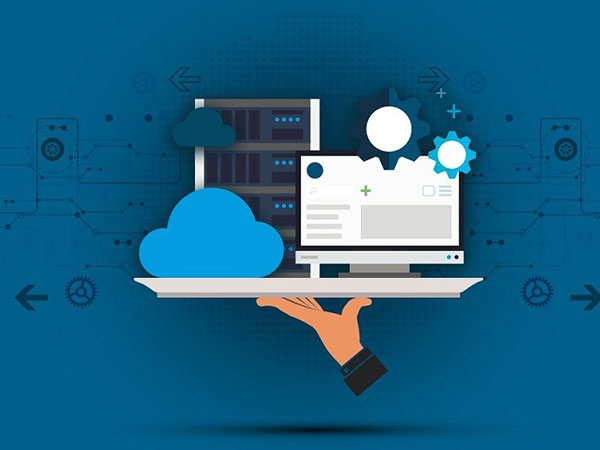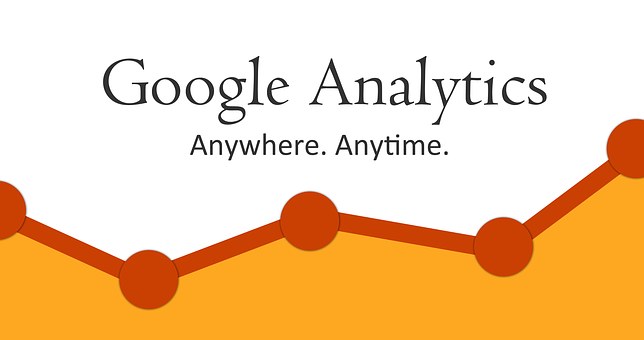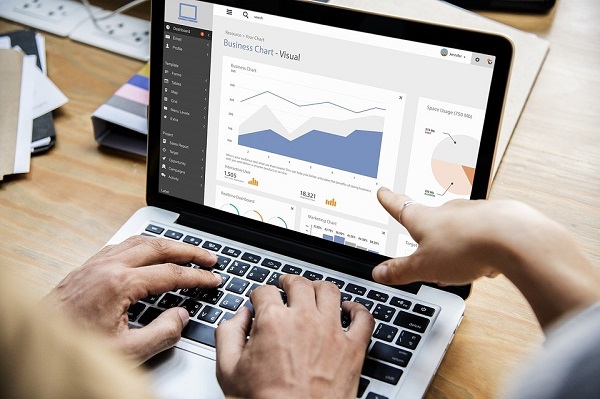The cloud industry is evolving rapidly, offering every year innovative and more affordable solutions for companies and individuals. At the moment, one of the trending topics in the business technology world is the fusion of Software-as-a-Service systems with the use Big Data, resulting in Analytics-as-a-service software. This is the next big thing in identifying new target markets, improving customer relationship and getting client feedback. So let’s see the dynamics of Big Data and the Saas development life cycle to understand how these two put together to make one revolutionary tool.
The Chaos of Big Data Deciphered
Big Data refers to all information generated or stored by institutions, companies or individuals. The is a term still being defined, but its main traits are large volume, velocity, and diversity in structure. One of the best technologies to help manipulate Big Data is cloud computing.
However, this amount of information is fastly growing in volume, as high quantities of data are being created daily by social media users and organizations. 90% of the web has been generated in the last two years and companies are in need of new tools in order to use in their benefit this constant influx of recent data. Cloud computing helps enterprises lower hardware costs offering a flexible system, where processing power and storage space are easily scalable. Analytics decipher Big Data, revealing to leaders and marketers strategies to discover opportunities, organize work and improve customer relationship.
At the moment, new analytical mechanisms derived from Software-as-a-Service (SaaS) are being developed and improved to serve businesses.
Evolution of Saas
The new delivery model for business software in the form of Software-as-a-Service came with advantages for companies of all sizes. It was available for trial before acquisition, it lowered integration efforts and costs, it needed little planning as it was available on a sign-up system and it included automatic updates. Saas made it possible for mid-size and small-size companies to buy more advanced software, helped corporations to achieve better ROI and as a consequence, the software market grew, leading further on to investments in the development of new technologies.
Salesforce.com is the best-known model of Saas and it changed completely the CRM world when it was introduced. The company followed with the platform-as-a-service model, continuously coming up with innovations in its 17-year history. Today, they are still leaders in the Saas market, along with Workday and Office365.
Saas systems are successful first of all, due to low pricing and accessibility. The industry is adapting to fit customer needs. Application Programming Interfaces allow businesses to personalize the programs, while more niche software will be developed to fit a wider array of businesses. Moreover, increased security will certainly be a top priority for developers. But the real star product expected to rise in the following years is big-data-as-a-software.
How Saas and Big Data Make a Good Team
Most companies had a lot of stored data they weren’t able to properly use. Analytical tools helped them process flows of information in order to identify potential customers and their patterns, as well as to develop precisely targeted strategies. However, hiring specialists who know how to use analytical software generates high costs, which make it difficult for smaller companies to approach Big Data technology.
Complete Big-Data-as-a-service(BDaas) solutions are already available, which need no infrastructure, administration or programming. So the insight of Big Data can now be obtained at the convenience of a Saas. BDaaS companies have the advantage of more value delivery per dollar spent, as earned customers add data to the engine and this process boosts the service for all clients.
BDaas services are being promoted by established companies. IBM offers Analytics for Twitter, in order to enable companies to organize the unstructured data provided by the 280 million active users per month. Moreover, IBM and Apple made public their intention to cooperate on a Big Data health platform.
A few years ago, a business had to collect data, run analytics and then interpret the discovered information in order to take decisions. Now insights are easily available for immediate action, which lead to effective changes, improved organization, increase in profits and pleased customers.The analytics-as-a-software market is just emerging, but as more and more businesses will acknowledge the value of Big Data, more services will be developed to fulfill their needs.










![7 data-driven ways to optimize your online store for mobile [Infographic]](https://crayondata.ai/wp-content/uploads/2019/11/optimize-1.jpg)


![Top tips and tricks to improving your customer experience [Infographic]](https://crayondata.ai/wp-content/uploads/2019/01/customer-journey-1.jpg)









